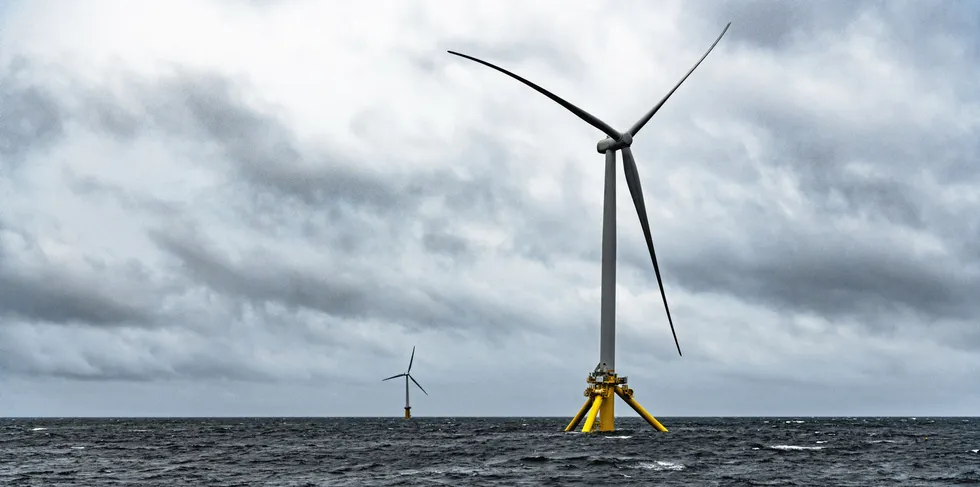The Recharge view | Offshore wind power's planet-saving expansion is on the near horizon
When the world's first offshore wind farm was brought to first power in 1991 off Denmark, few could have predicted the sector would become a main engine of the global energy transition decades later
